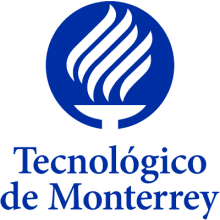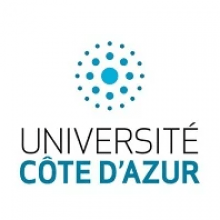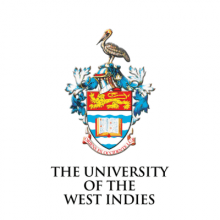
What are the first steps that aspiring student publishers should take?
There isn’t a set template to follow for a student-led publishing house, but there are a couple of vital steps. The first thing is to raise capital to finance the publishing house in its initial stages – small publishers do everything themselves, from the editing, the print runs and boxing up books. There’s also the requirement to pay authors in advance and register books on the Nielsen book scan system, so it’s easy to see where the money goes when starting out.
Grants can help with finding this capital; we were given ours by the University of Central Lancashire’s Student Enterprise and Business Incubation unit, which helps students with creative business ideas to grow their enterprises. Other universities offer similar schemes, but if students don’t have access to this there’s also the option of banks and arts councils. Another important thing to consider is finding a stock room, which can be a massive challenge in itself on a university campus pushed for space.
How can you attract authors and get your name out there?
Finding a niche is imperative for small publishers, because we only publish a small number of books, so it’s much better to be the only fish in a small pond rather than a small fish in the ocean. Our unique selling point is publishing books that involve a mixture of fiction, non-fiction and photography, which gives us the scope to showcase a range of work from students including scientists, astrophysicists, journalists, photographers and filmmakers.
Our current book launch for Pillars of Light is our most high-profile to date, and came about in a less-than-traditional way. The author, Jane Johnson, posted on Facebook that her usual publishers had asked her to make changes to the setting and themes of her book as a result of controversy surrounding them. I saw this as an opportunity and left a comment on her post letting her know about UCLan Publishing and our specialism, and it went from there.
How to make an award-winning student film project
Best universities for arts and humanities degrees
What can you do with an English literature degree?
17 books you should read before (or at) university – chosen by students
How do you go about publicising your books to niche audiences?
Thinking outside the box to raise publicity has really enhanced the success that our books have seen. When we launched Life Beneath the Northern Lights, a fiction/non-fiction guide to the aurora borealis, we arranged for a purpose-built planetarium in Preston to project 360-degree footage of the Northern Lights inside it, mimicking the experience of seeing them in real life. It’s also a good idea to be aware of articles in the media – we had Life Beneath the Northern Lights mentioned in a feature on travelling to see the aurora borealis by The Guardian.
This all helps initial publicity, but it’s also important to ensure that sales are sustainable. Having a niche helps this – the fact that the Northern Lights are on so many bucket lists means there’s always an interest in reading about it – but we’ve also found some more unusual ways of keeping this going. Collaborating with travel companies and hotel chains in Norway and Sweden during our research means that they now give away our book with their tours, so every now and then we receive an order of 500 books. This isn’t really done in publishing, but since we’ve taken on a non-traditional structure, we’re also taking on non-traditional publicity methods.
What’s been your biggest challenge and how did you get around it?
The initial set-up was difficult – we’re the first student-led publishing house in the world so we had no one to talk to about their experience, nor anyone who could advise us on the best route. The way that we are structured is entirely different to any other publishing house, so we are continuing to break the mould. We needed to be accepted both inside and outside the university, as well as in the publishing world, but I think that our unique set-up of students across many different subject areas has really helped us along.
Where did the initial motivation come from to set up all of this?
After 15 years working for Waterstones in London, I moved back up north and realised that there weren’t nearly enough publishing training or job opportunities across the region. So I approached UCLan to set up a degree course in publishing. I still didn’t feel that the theoretical side alone was the best way to train students, which led to the idea of creating a publishing house that they would run themselves to gain the practical experience of working in publishing. This spiralled, with interest from students on other courses, and we now have contributors from all areas of the university.
What can universities do to help students wanting to get into publishing?
For us, it is so important that we talk to our students, and vice versa, about the possibility of gaining credit for their work at UCLan Publishing. By integrating the work done on publishing with their courses, the students benefit from real-life experience of their desired job before finishing their degree. For example, photographers can use the footage that they gain on research trips as part of an exhibition and have their work attributed to them in a published book – there aren’t many graduates who can say the same. It’s great for students’ job prospects, and it also reflects well on the university’s employment records.
Debbie Williams is a publishing professional who set up a publishing course at the University of Central Lancashire (UCLan), including the world’s first student-run, student-led publishing house – UCLan Publishing.
























Have your say